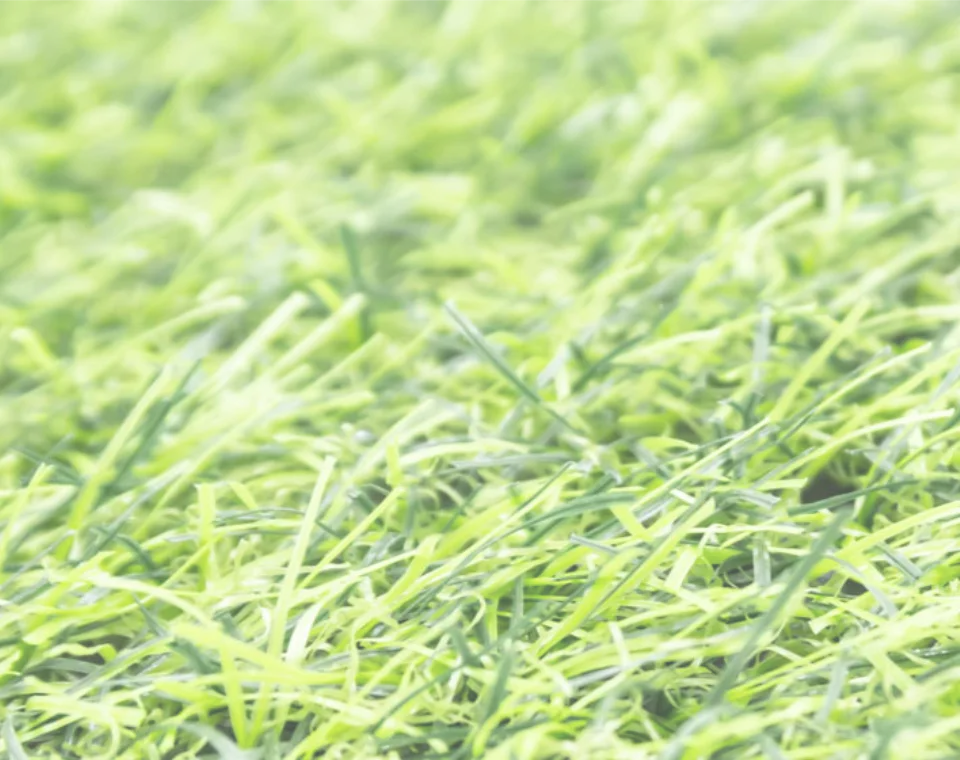
- Afrikaans
- Arabic
- Belarusian
- Bengali
- Czech
- Danish
- Dutch
- English
- Esperanto
- Estonian
- Finnish
- French
- German
- Greek
- Hindi
- Hungarian
- Icelandic
- Indonesian
- irish
- Italian
- Japanese
- kazakh
- Rwandese
- Korean
- Kyrgyz
- Lao
- Latin
- Latvian
- Malay
- Mongolian
- Myanmar
- Norwegian
- Persian
- Polish
- Portuguese
- Romanian
- Russian
- Serbian
- Spanish
- Swedish
- Tagalog
- Tajik
- Thai
- Turkish
- Turkmen
- Ukrainian
- Urdu
- Uighur
- Uzbek
- Vietnamese
The Benefits and Features of Polyethylene Artificial Turf for Modern Landscapes
Nov . 29, 2024 22:41 Back to list
The Rise of Polyethylene Artificial Turf A Synthetic Revolution in Sports and Recreation
In recent years, the landscape of sports and recreational facilities has been dramatically transformed by the increasing popularity of artificial turf, particularly polyethylene (PE) artificial turf. This synthetic surface has become a revolutionary solution for various playing fields, from soccer pitches and football fields to golf courses and playgrounds. But what exactly makes polyethylene artificial turf a preferred choice for many? This article delves into the benefits, applications, and environmental considerations surrounding this innovative product.
The Composition and Features of Polyethylene Artificial Turf
Polyethylene artificial turf is primarily composed of synthetic fibers designed to replicate the appearance and feel of natural grass. The fibers used in polyethylene turf are known for their durability and resilience, providing a long-lasting playing surface that can withstand heavy foot traffic. Unlike other materials such as polypropylene or nylon, polyethylene offers a softer and more flexible surface, making it an ideal choice for sports that require a comfortable and safe playing environment.
One of the standout features of polyethylene turf is its UV resistance. This means the vibrant green color of the turf can withstand prolonged exposure to sunlight without fading. Additionally, polyethylene turf is engineered to provide excellent drainage, preventing water accumulation and ensuring the field remains playable even after heavy rain.
Versatility in Applications
The versatility of polyethylene artificial turf is one of its key strengths. It is used in a range of settings, from professional sports arenas to backyards. Many educational institutions have opted for polyethylene turf to create all-weather fields that can be used year-round, reducing downtime due to weather conditions. Furthermore, municipalities often use it in public parks and playgrounds, where maintenance of natural grass can be labor-intensive and costly.
polyethylene artificial turf

Moreover, synthetic turf is gaining traction in community initiatives aimed at improving local sports facilities. Grassroots soccer leagues and recreational programs have embraced artificial turf, allowing young athletes to practice and play under reliable conditions. The level of performance and safety provided by polyethylene turf has been a game changer for many sporting organizations.
Environmental Considerations
While polyethylene artificial turf offers numerous advantages, it also raises environmental concerns. Critics argue about the ecological impact of producing and disposing of synthetic materials. However, manufacturers are continually innovating to address these issues. Many polyethylene turfs are now designed for better recyclability at the end of their life cycle. Some companies are even developing turf options made from recycled materials, which contribute to a circular economy.
Furthermore, artificial turf can significantly reduce water usage compared to traditional grass. In regions where water scarcity is an issue, polyethylene turf serves as a sustainable alternative. It requires no irrigation, reducing the overall water footprint while also lessening the need for fertilizers and pesticides, which can contribute to soil and water pollution.
Conclusion
The growth of polyethylene artificial turf represents a significant shift in how we think about sports and recreation. Its durability, versatility, and lower maintenance requirements make it an attractive option for a variety of applications. While there are environmental concerns associated with synthetic materials, ongoing advancements in manufacturing processes are paving the way for a more sustainable future in artificial turf.
As sports facilities and communities continue to embrace this innovative solution, it is essential to strike a balance between utilizing polyethylene artificial turf's benefits and addressing any ecological challenges. By doing so, we can enjoy the advantages of modern sports facilities while ensuring that our playing fields are environmentally responsible and sustainable for future generations. The future of sports may very well be green, but it is also synthetic, proving that innovation knows no bounds.
-
The Benefits of Artificial Turf for Indoors
NewsJul.15,2025
-
How Artificial Grass Suppliers Ensure Quality Products
NewsJul.15,2025
-
Artificial Grass and Pets: A Space for Relaxation
NewsJul.08,2025
-
Balcony & Outdoor Decoration with Artificial Grass
NewsJul.08,2025
-
Best Indoor Artificial Grass for Home
NewsJul.07,2025
-
Best Pet Turf for Dogs: Safe & Durable Artificial Grass Options
NewsJul.07,2025
Products categories









